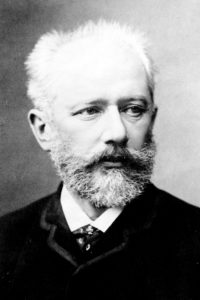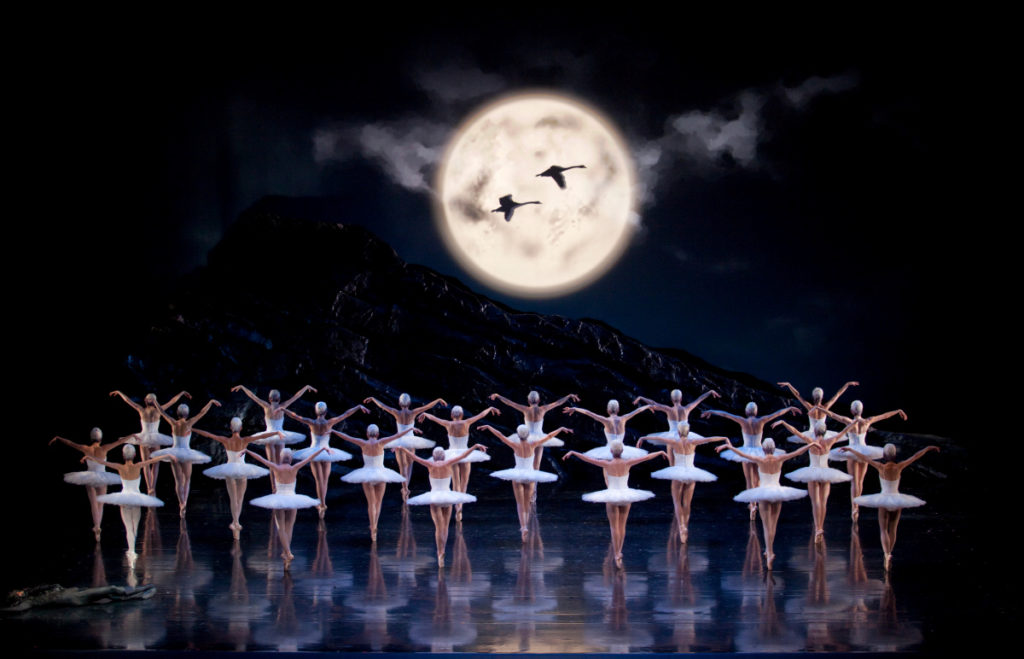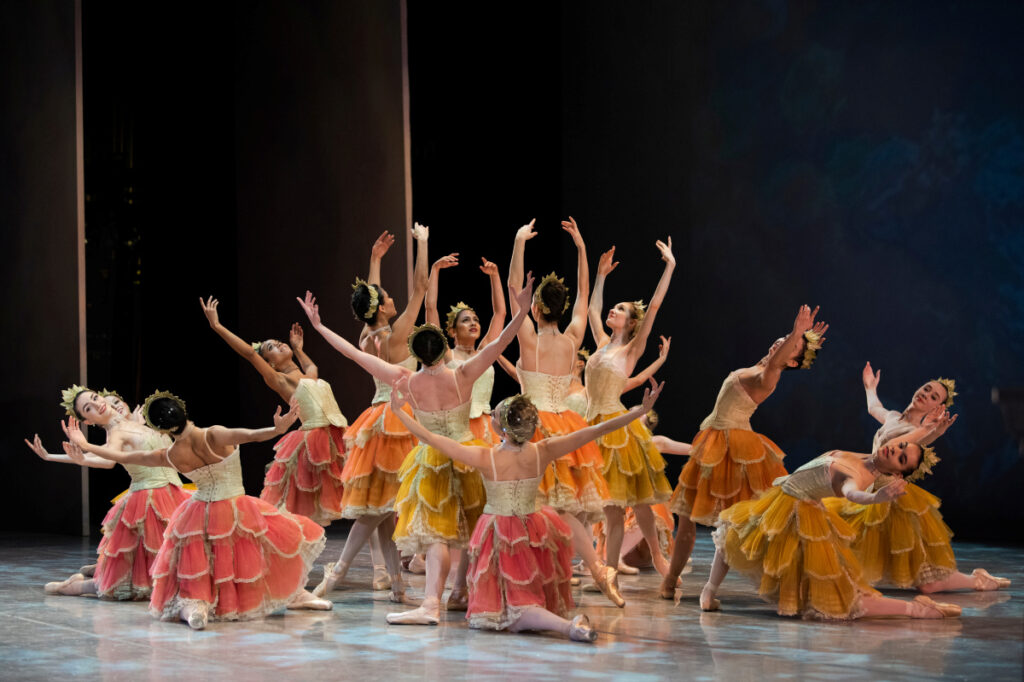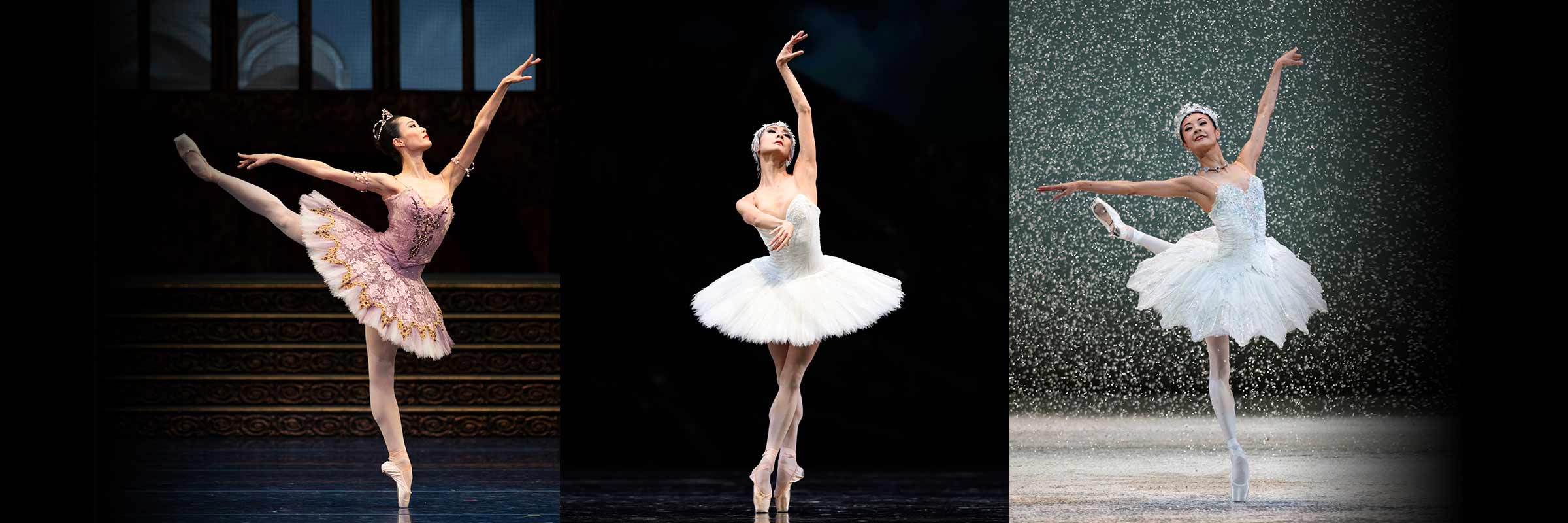Who is Tchaikovsky?
Meet the Russian Composer Behind Ballet’s Most Beloved Scores
Even at the age of six, Tchaikovsky loved music so much that he was prepared to bleed for it—literally. He practiced piano every chance he got, and when he couldn’t, he would tap out the music he had made up in his head on the house’s windowpanes. One time, he tapped so hard that he broke the window glass, cutting himself badly. But Tchaikovsky could not be lured away from the music.

Born in Kamsko-Votinsk, Russia on May 7, 1840, Peter Ilyich Tchaikovsky was a bright child; he could read Russian, French, and German by the time he was six. After attending boarding school, he studied law and mathematics and got a job as a clerk working in the Ministry of Justice. But after four years, he quit to follow his original love: music. Soon after he began going to music school full-time and studying composition, he was invited to teach classes.
The beautiful music that Tchaikovsky would create over the next 25 years made him one of the most popular of all the Russian composers. His works include nine operas, six symphonies, four concertos, three string quartets, and numerous songs, suites, and overtures. Yet, it is for his ballet scores that he is most remembered. Tchaikovsky may have only written three ballets, but they are the three most famous ballets of all time: Nutcracker, Swan Lake, and The Sleeping Beauty.

Swan Lake
In 1875, Moscow Imperial Theatre director Vladimir Patrovich Begichev commissioned Tchaikovsky to compose the score for Swan Lake. Drawing from established ballet composers Ludwig Minkus, Léo Delibes, and Adolphe Adam, among others, as well as some of his own previous compositions, Tchaikovsky finished the score in just under a year. However, rehearsals did not go smoothly. Choreographer Julius Reisinger dubbed some of Tchaikovsky’s music “undanceable,” and Tchaikovsky had to fight to have the sections put back into the ballet. When the ballet premiered on March 4, 1877, critics wrote that the music was too complicated, noisy and “Wagnerian.”

Nutcracker
The iconic score for Nutcracker was composed in bits and pieces as Tchaikovsky traveled across France and the United States in 1891, and orchestrated from January to March of the following year. Tchaikovsky was a fan of the Nutcracker story originally penned by E.T.A. Hoffmann, but not as enthusiastic about the Candyland setting of the ballet that Marius Petipa had choreographed. It was hard for him to compose around it. Still, Tchaikovsky worked through this setback and the final Nutcracker score is a masterpiece that continues to be appreciated by audiences today just as enthusiastically as when it was first introduced.
Less than a year after the premiere of this ballet, Tchaikovsky died unexpectedly. He was only 53, and had just completed his sixth symphony, which he felt was the best piece of music he ever created. It was in the years after his death that Tchaikovsky’s music became the cultural touchstone that it is today.
Header Image: WanTing Zhao in Tomasson’s The Sleeping Beauty; Yuan Yuan Tan in Tomasson’s Swan Lake; Yuan Yuan Tan in Tomasson’s Nutcracker // All © Erik Tomasson








